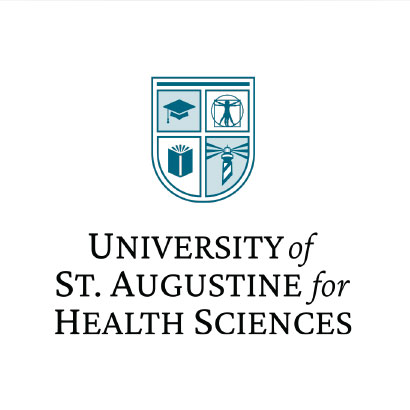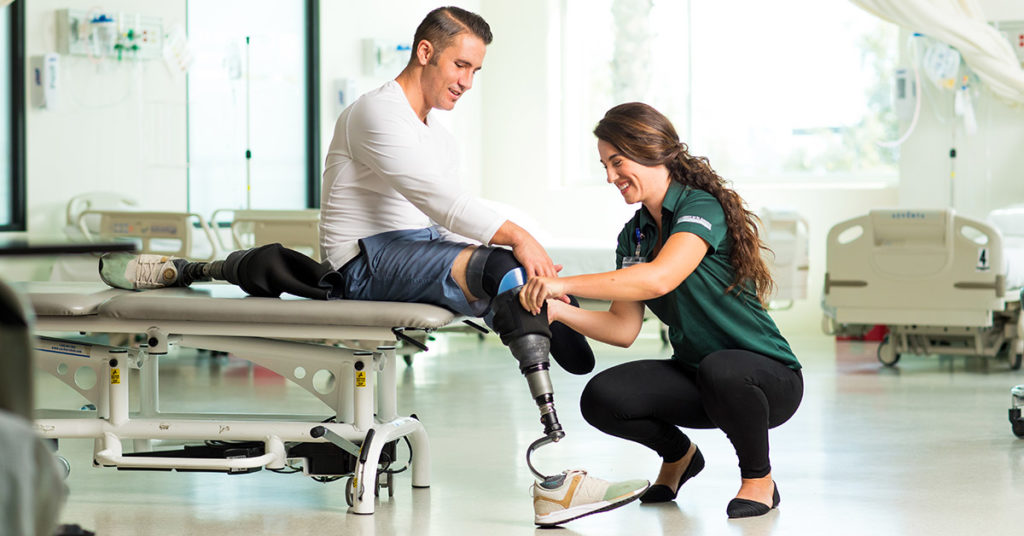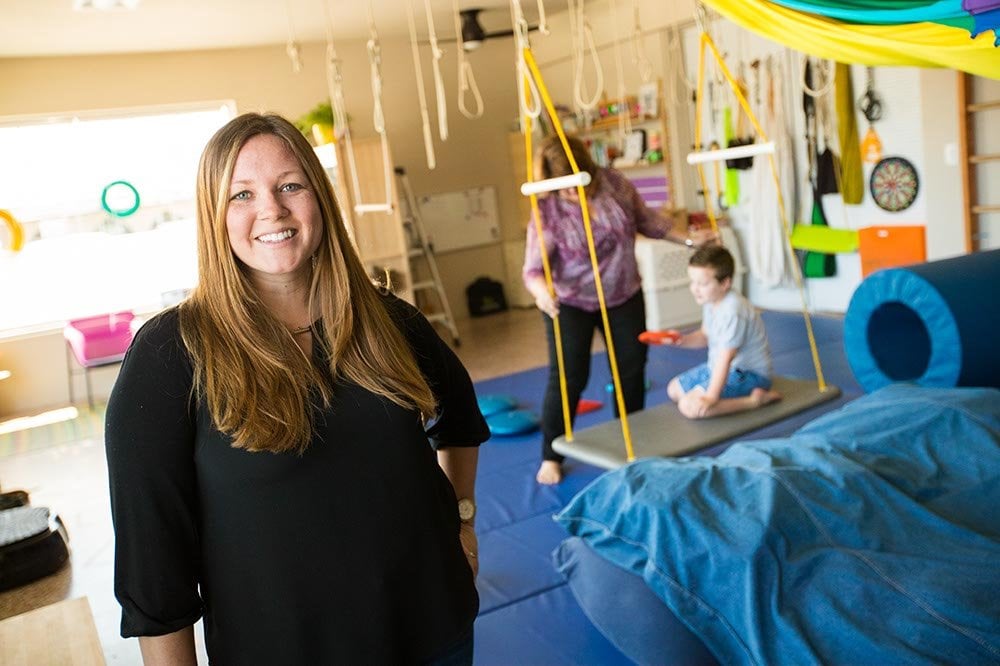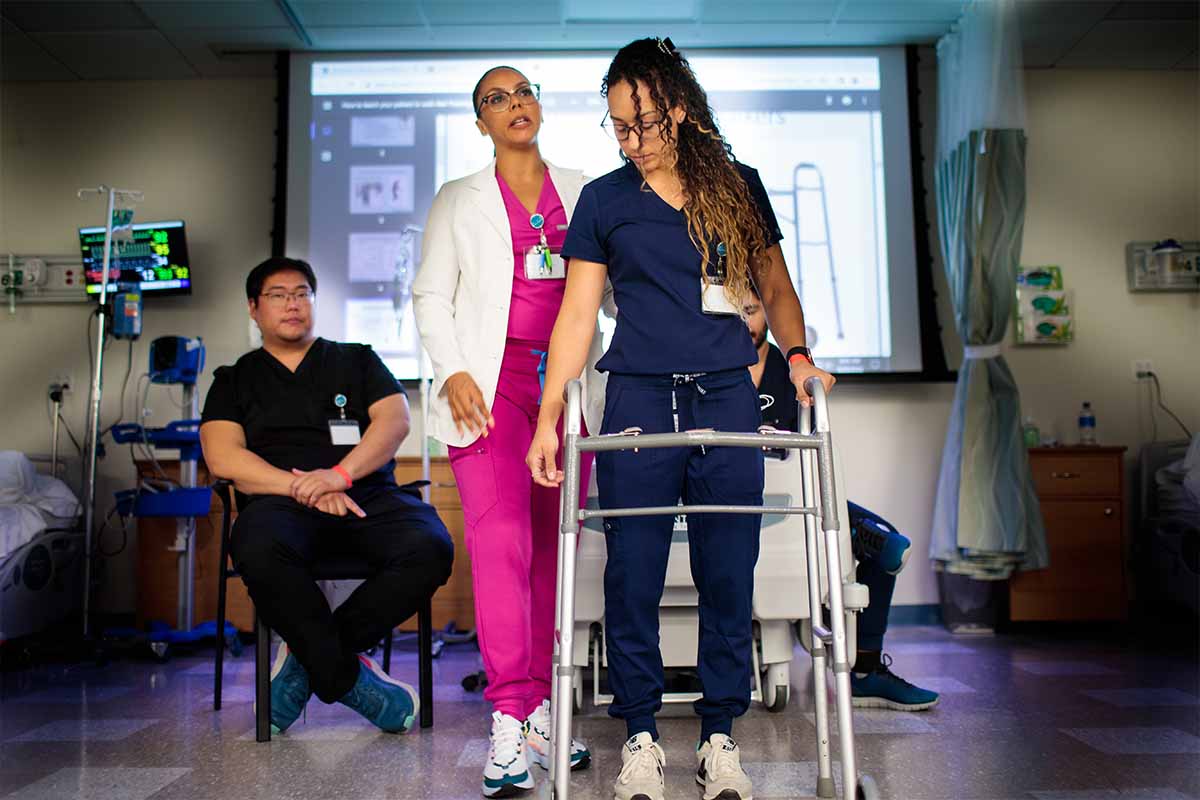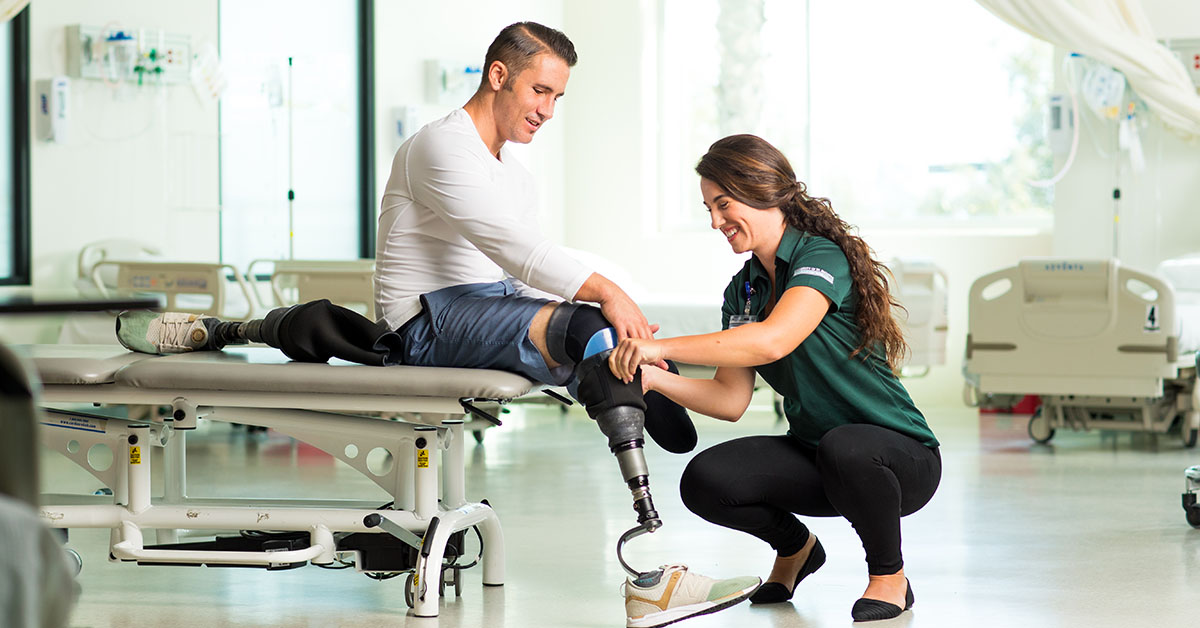

Whether you’re a senior in high school, a sophomore in college or an established medical assistant, you may be drawn to occupational therapy (OT)—a rewarding profession.1
Occupational therapists (OTs) are integral to the healthcare system. They assist individuals across the lifespan with a diverse range of tasks, from helping children learn essential skills to providing seniors with fall prevention and safety information.
If this resonates with you, you may be curious about the specific occupational therapy degree requirements, including OT prerequisites and the application process for programs like the Master of Occupational Therapy (MOT) and Doctor of Occupational Therapy (OTD) at USAHS. Read on to learn more about this exciting, growing profession.
What Does an Occupational Therapist Do?
Occupational therapists meet clients where they’re at to encourage health, well-being and a higher quality of life. The American Occupational Therapy Association (AOTA) defines the profession as a vehicle to “enable people of all ages to live life to its fullest by helping them promote health and prevent—or live better with—injury, illness or disability.”2
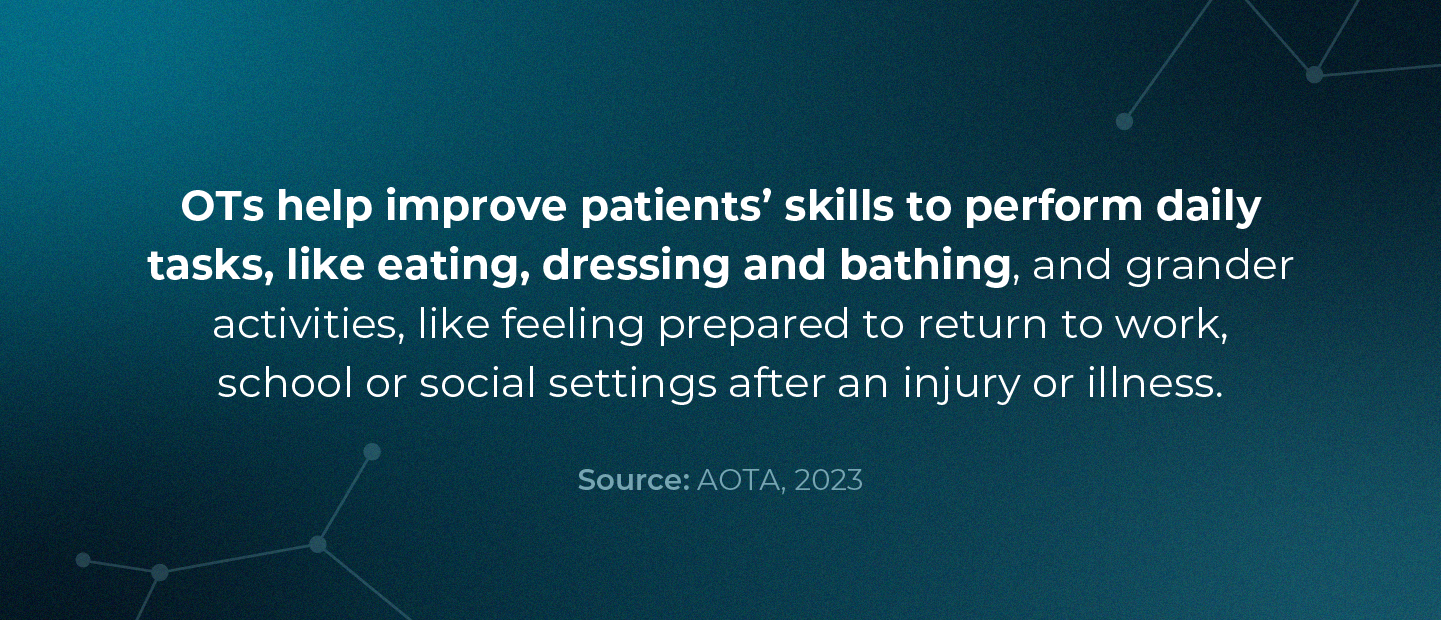

OTs usually work with a diverse range of individuals, including those who3,4:
- Have dementia and Alzheimer’s
- Have experienced a stroke
- Are recovering from an operation or another significant medical event
- Have conditions such as rheumatoid arthritis, multiple sclerosis and cerebral palsy
- Experience chronic pain
With the opportunity to work in a variety of settings, such as mental health clinics, government agencies, home healthcare, hospitals and nursing homes, and the chance to earn a promising salary, it’s easy to see why occupational therapy is ranked as #19 of the best 100 jobs across all industries by U.S. News & World Report.5
How Do You Become an Occupational Therapist?
In addition to the state licensure requirement, OTs are often required to hold an advanced degree in occupational therapy from an institution accredited by the Accreditation Council for Occupational Therapy Education (ACOTE).6,7 The two advanced degree options are:
MOT and OTD programs can be completed in a few years*. In a graduate OT program, you will typically gain the experience and knowledge to enter the workforce.
What Are OT School Requirements?
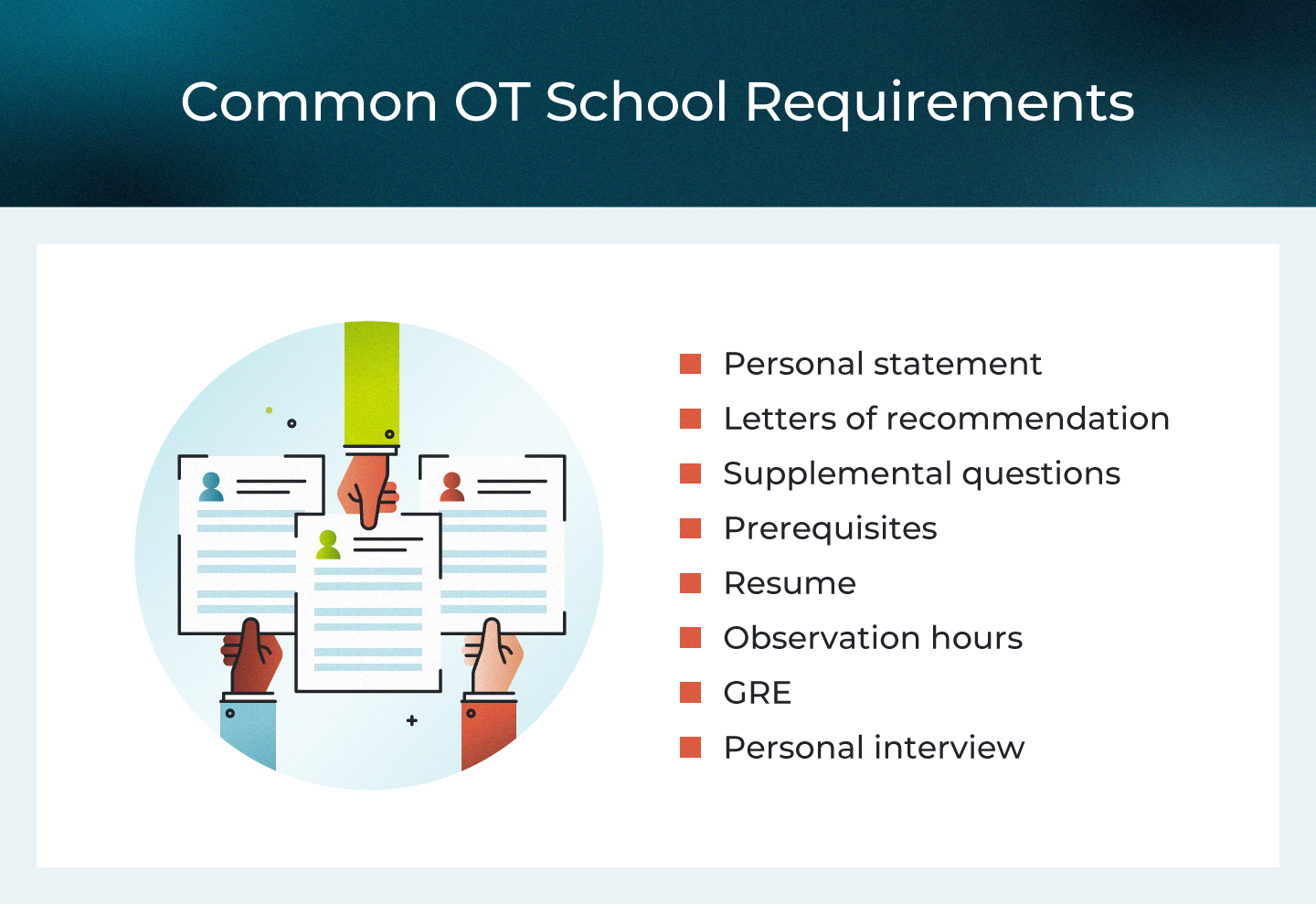

Admission requirements for graduate occupational therapy programs vary by institution. For example, at USAHS, our Doctor of Occupational Therapy (OTD) program requires students to have earned a bachelor’s degree from an accredited institution with a cumulative GPA of 3.0 or higher. However, the AOTA asserts that some occupational therapist education requirements allow students who are in the process of completing an undergraduate degree to apply.7
Common Undergraduate Degrees for OT Candidates
A few of the most common majors for OT school candidates include:
- Biology
- Kinesiology
- Sociology
- Psychology
- Education
- Health Science
Occupational Therapy School Admission Requirements
During the admissions process, you’ll usually be asked to provide proof of your undergraduate education in the form of an official transcript submitted by your college or university. You may also need to provide the name of the OT program to which you’re applying.
Here are a few of USAHS’ OT school requirements:
- A personal statement outlining why you want to become an occupational therapist
- Letters of recommendation, usually from a mentor, college supervisor, university instructor, or an OT clinician with whom you have interned, shadowed, or worked
- CV/resume detailing your experience
- Observation hours
- Personal statement
- Supplemental questions
- The Graduate Record Examinations (GRE)
These USAHS requirements mirror the standard practice for most graduate health sciences programs, though occupational therapy requirements can be a bit more extensive.
It’s important to note that the University of St. Augustine for Health Sciences (USAHS) does not require the following for an OT program application:
- GRE
- Observations hours (though highly recommended)
- Applicant interview
Let’s examine a few more OT school requirements.
GRE
The GRE is a standardized exam that some graduate schools use to evaluate an applicant’s ability and readiness to pursue graduate-level coursework.8 Applicants can retake the test once every 21 days, up to five times within any continuous one-year period.8
Graduate schools that require the GRE provide a minimum score requirement for applications to be considered. However, some schools, including USAHS, don’t require the GRE.
USAHS Occupational Therapy Prerequisites
Prerequisites
USAHS MOT course requirements |
Semester hours | Quarterly hours |
|---|---|---|
| Anatomy and Physiology with Lab | 8 | 12 |
| Sociology or Anthropology | 3 | 4.5 |
| Developmental Psychology | 3 | 4.5 |
| Abnormal Psychology | 3 | 4.5 |
| Statistics | 3 | 4.5 |
| Medical Terminology | ** | ** |
Other occupational therapy requirements (depending on the specific school’s OT degree requirements) may include:
- General Biology with Lab
- General Chemistry with Lab
- Kinesiology
- Pathology
- Neuroscience
These courses aim to equip students with the foundational knowledge to excel at the graduate level. Many hopeful occupational therapists start planning for their careers early.
However, if you majored in a different area of study during college, you may still be accepted as long as you have completed the required prerequisites.
Supplemental Questions
Supplemental questions give OT program boards the opportunity to gain more insight into your experience, knowledge and professional goals. At USAHS, these may include questions like:
- Occupational Therapists enable people to do what they want to do. Can you explain when you have enabled others through occupation?
- List two attributes you have which you consider crucial to being an effective Occupational Therapist.
- Please share how you have participated in volunteerism to be a force for good in your community.
Observation Hours
Observation hours aren’t always part of occupational therapy degree requirements. However, the additional experience may help you stand out from the competition and demonstrate that you understand the profession.
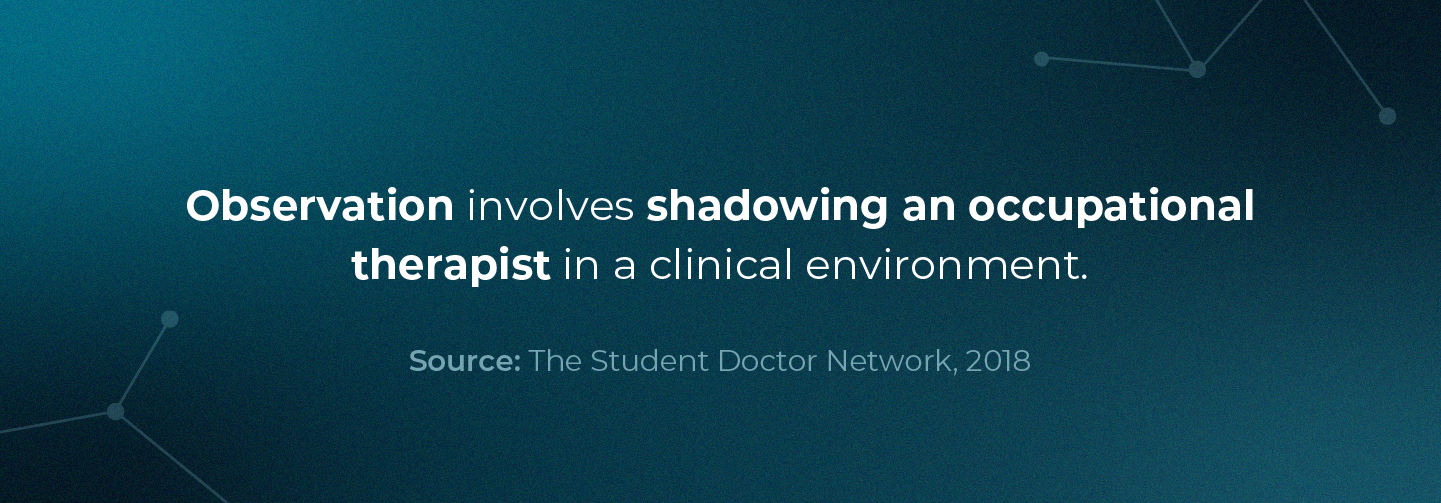

In general, most OT school requirements call for between 20 and 50 hours of observational shadowing, but others may require more.9 At USAHS, we don’t require shadowing, but we do highly recommend observing occupational therapy in at least two areas of practice for a more thorough understanding of what OTs do.
To boost your appeal and help you identify the type of client and clinical setting that speaks to you, you may want to perform your observation hours in a range of facilities, such as9:
- Hospitals
- Schools
- Private clinics
- Nursing homes
If you choose to contact one of these facilities, communicate that you’re a student looking to shadow an OT professional. Some facilities may take students for minimal hours, and others may not take students at all.
Personal Statement
Creating a great application isn’t just about meeting occupational therapist education requirements. The application also provides the opportunity to showcase your personality and passion for the field. Your personal statement is a chance to talk about your observational experiences, volunteer work and career goals. Include any relevant personal experiences and skill sets.
Start your personal statement early to allow time for revision. Ask multiple individuals to review your statement for grammatical and spelling errors.
Occupational Therapy Specialties
It’s usually not required to pick an OT specialty before applying to a graduate program. However, knowing which specialties interest you can help shape your personal statement.
Here are a few common occupational therapy specialties you can choose from:
- Gerontology
- Seating and Mobility Specialist (SMS)
- Assistive Technology Professional (ATP)
- Certified Diabetes Educator (CDE)
- Certified Autism Specialist (CAS)
- Certified Hand Therapist (CHT)
- Certified Brain Injury Specialist (CBIS)
- Specialty Certification in Driving and Community Mobility (SCDCM or CDCM-A)
You’ll likely add a specialty after you complete your graduate degree, begin work in that area of practice, and earn a certificate from AOTA.10
How To Master Your OT Program Interview
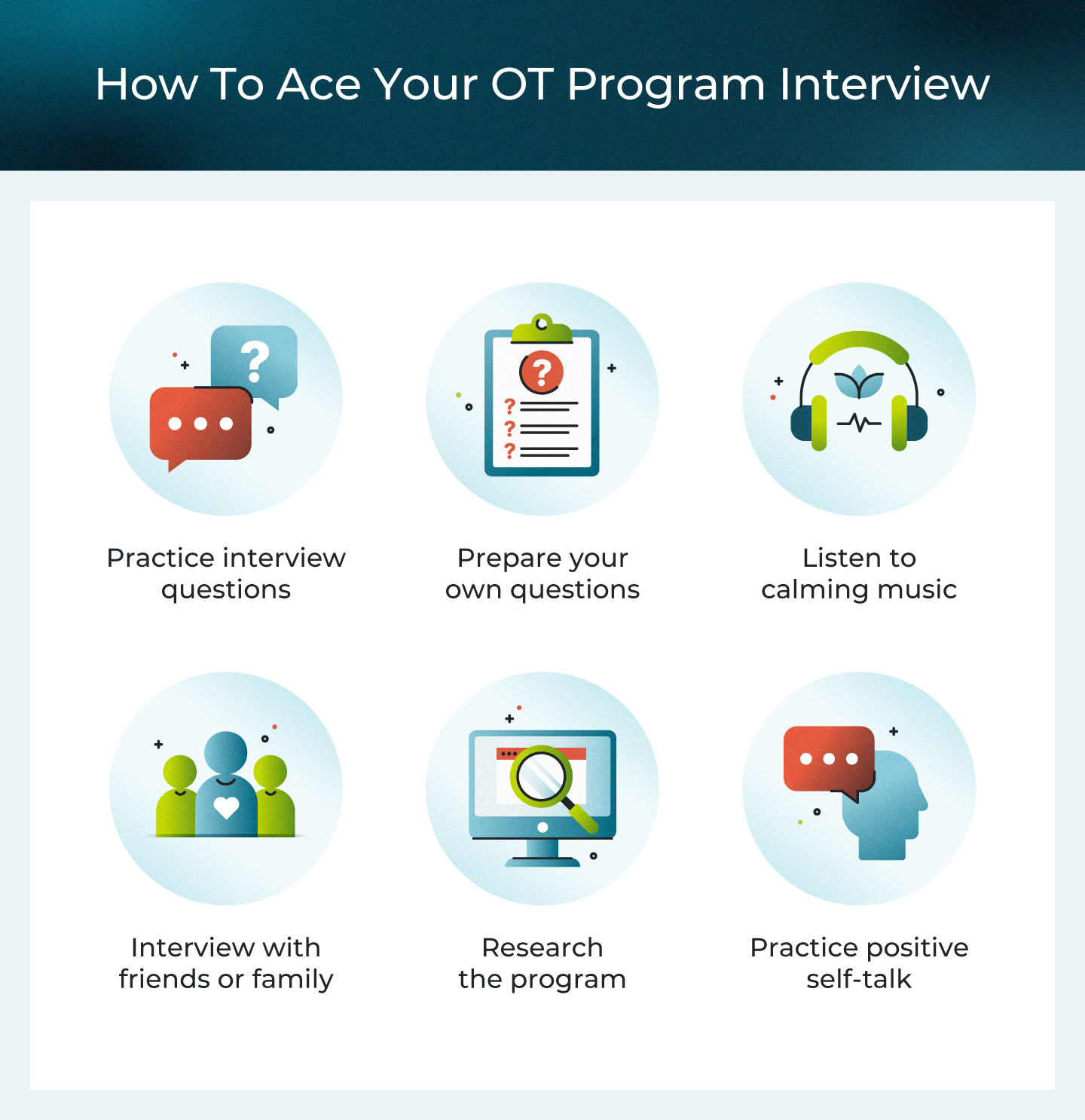

The last step of the application process is often the applicant interview. Though not all schools, such as USAHS, require an interview for OT program applications.
Below are a few tips to help prepare you for a successful interview experience.
1. Prepare for the Interview
Practice potential questions you may be asked in your interview. Have classmates, friends or family members ask you these questions in a formal setting.
Practice questions such as:
- What are your greatest strengths and weaknesses?
- Why do you want to become an occupational therapist?
- Why are you interested in our OT program?
- What are your career goals?
View these sessions as a real interview so you can feel more comfortable when the time comes. We recommend recording an interview to assess your body language and make any necessary corrections.
2. Prepare Your Own Questions
The interviewer will likely ask you if you have any questions. You should have 3–5 questions prepared to ask them.
Ask questions about:
- Clinical opportunities in the OT program
- What makes the OT program unique in the interviewer’s eyes
- Day-to-day coursework
- Community involvement in the OT program
Coming to the interview with a set of questions will show the interviewer that you’re prepared and have researched the program.
3. Practice Stress Relief Techniques
It’s normal to feel nervous or overwhelmed when preparing for an important interview, but it’s important to find ways to relieve stress and nerves so that you can answer questions confidently.
Before the interview, you can:
- Meditate
- Listen to calming music
- Practice positive self-talk and mantras
- Go for a walk
- Call a family member or friend for a pep talk
If you start to feel nervous or anxious during the interview, try to be honest about it with the interviewer. The interviewer will likely appreciate your transparency and you may feel more comfortable being honest during the interview.
How Does an Occupational Therapist Become Licensed to Practice?
Whether you choose an MOT or OTD, occupational therapy programs are designed to prepare graduates for the National Board for Certification in Occupational Therapy (NBCOT) exam.11
Supervised fieldwork and hands-on practice with clients are also required to obtain licensure.12
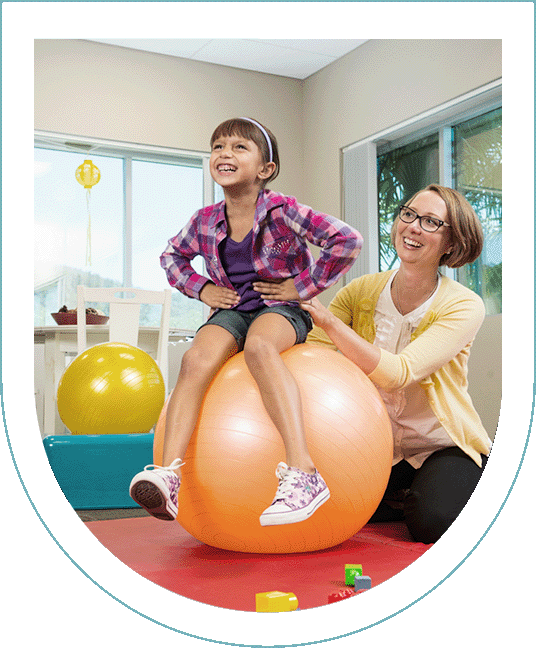

FAQ: Occupational Therapist School Requirements
Below are commonly asked questions about occupational therapist school requirements and types of occupational therapy degrees.
What’s the Difference Between Physical Therapy and Occupational Therapy?
Physical therapy (PT) and occupational therapy are both rehabilitative sciences. However, physical therapy is used to manage pain and improve range of motion, while occupational therapy is used to help regain the ability to perform daily tasks.
What Is Fieldwork Education?
Fieldwork education embeds real-world experiences in classroom instruction. This hands-on practice allows students to take what they’ve learned in coursework and apply it to a clinical setting.
At USAHS, occupational therapy degree requirements include a hybrid blend of online coursework and fieldwork experiences so students can gain practical experience and better prepare themselves to enter the field after graduation.
What’s the Difference Between MOT, MS and MA Degrees?
MOT, MS and MA degrees are entirely different educational paths:
- MOT: A Master of Occupational Therapy is a graduate-level degree in occupational therapy.
- MS: A Master of Science is a graduate-level degree in one or more of the sciences and may include completing a thesis. Common that this requires an additional two years of study beyond a bachelor’s degree.13
- MA: A Master of Arts is a graduate-level degree in arts, social sciences and humanities. Common MA subjects include international relations, political science and psychology.14
USAHS offers graduate health sciences programs.
What’s the NBCOT Exam?
After earning your master’s degree, you must pass the NBCOT exam to become a certified occupational therapist.15 The NBCOT exam is reviewed and assessed by the National Board for Certification in Occupational Therapy. To take the NBCOT exam, you must graduate from an accredited MOT program and share your official transcript.16
The NBCOT exam ensures individuals have the proper skills and knowledge required to safely and effectively practice occupational therapy.
Enjoy a Dynamic Career in Occupational Therapy
Occupational therapists have the potential to enhance patient lives, work in a variety of settings and enjoy a promising salary and job growth.1
USAHS is a leading choice for aspiring OTs – we offer two graduate occupational therapy programs: a Master of Occupational Therapy (MOT) and Doctor of Occupational Therapy (OTD). USAHS’ OT programs boast expert faculty practitioners, compassionate support, cutting-edge technology, progressive learning models and a flexible curriculum. Contact an enrollment advisor to determine which degree fits your goals and lifestyle and apply now to launch a rewarding OT career.
*Time to completion may vary by student, depending on individual progress, credits transferred and other factors.
**Applicants may complete the requirement through CEU credit with certificate of completion or transcript, standard credit-bearing course with transcript, CLEP with official score report or course completed through USAHS and provide evidence of completion.
The Accreditation Council for Occupational Therapy Education (ACOTE) of the American Occupational Therapy Association (AOTA) located at 6116 Executive Boulevard, Suite 200, North Bethesda, MD 20852-4929; telephone: 301-652-AOTA; email: www.acoteonline.org accredits the Master of Occupational Therapy and Doctor of Occupational Therapy programs at the University of St. Augustine for Health Sciences on a campus-by-campus basis.
| The entry-level occupational therapy master’s degree program at the Dallas, Texas, campus has applied for accreditation and has been granted Candidacy Status by the Accreditation Council for Occupational Therapy Education (ACOTE) of the American Occupational Therapy Association (AOTA), located at 6116 Executive Boulevard, Suite 200, North Bethesda, MD 20852-4929. ACOTE’s telephone number c/o AOTA is (301) 652-AOTA and its web address is www.acoteonline.org. The program must have a preaccreditation review, complete an on-site evaluation and be granted Accreditation Status before its graduates will be eligible to sit for the national certification examination for the occupational therapist administered by the National Board for Certification in Occupational Therapy (NBCOT). After successful completion of this exam, the individual will be an Occupational Therapist, Registered (OTR). In addition, all states require licensure in order to practice; however, state licenses are usually based on the results of the NBCOT Certification Examination. Note that a felony conviction may affect a graduate’s ability to sit for the NBCOT certification examination or attain state licensure.
Students must complete 24 weeks of Level II fieldwork within 24 months following completion of the didactic portion of the program. |
Sources:
- Bureau of Labor Statistics, U.S. Department of Labor, “Occupational Therapists,” BLS, April 17, 2024, https://www.bls.gov/ooh/healthcare/occupational-therapists.htm
- “About occupational therapy,” AOTA, https://www.aota.org/career/become-an-ot-ota/about-the-profession
- Jill Seladi-Schulman, “Occupational Therapy vs. Physical Therapy: How Do They Differ?”, Healthline, March 11, 2020, https://www.healthline.com/health/occupational-therapy-vs-physical-therapy#about-occupational-therapy
- Amanda Barrell, “What is occupational therapy? Everything you need to know,” Medical News Today, April 28, 2020, https://www.medicalnewstoday.com/articles/what-is-occupational-therapy
- “100 Best Jobs” U.S. News & World Report, 2024, https://money.usnews.com/careers/best-jobs/rankings/the-100-best-jobs
- “ACOTE”, ACOTE, https://acoteonline.org/
- “Program admissions criteria and formats,” AOTA, https://www.aota.org/career/become-an-ot-ota/start-your-career-journey/program-admissions-and-formats
- “What is the GRE®?,” Kaplan, Inc., https://www.kaptest.com/gre/what-is-the-gre
- Caitlin Dobson, Brittany Ferri, Brianna Giruzzi, Dominic Lloyd-Randolfi, Monica Roe, “How to Get Into Occupational Therapy School,” The Student Doctor Network, 2018, https://www.studentdoctor.net/wp-content/uploads/2018/10/OTAdmissionsGuide.V2.pdf
- “AOTA’s Advanced Certification Program,” AOTA, https://www.aota.org/career/advanced-certification-program
- “NBCOT,” NBCOT, https://www.nbcot.org/
- “Learn the steps to licensure,” AOTA, https://www.aota.org/career/state-licensure/learn-the-steps-to-licensure
- Merriam-Webster, “Master of Science”, Merriam-Webster.com Dictionary, https://www.merriam-webster.com/dictionary/master%20of%20science
- The Editors of Encyclopaedia Britannica, “master of arts”, Britannica, https://www.britannica.com/topic/Master-of-Arts
- “Exam,” NBCOT, https://www.nbcot.org/exam
- “Eligibility,” NBCOT, https://www.nbcot.org/get-certified/eligibility
